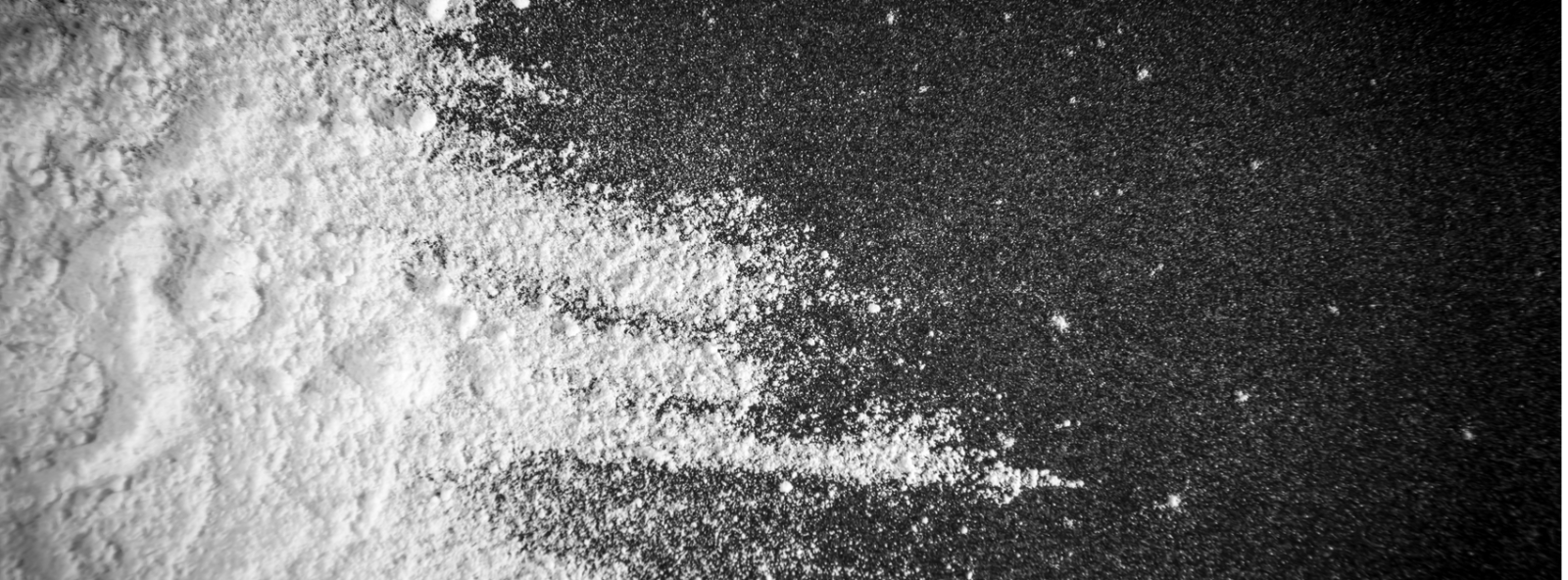

CAS: 119-36-8-8024-54-2-68917-75-9
Methyl-2-Hydroxybenzoate
Methyl-2-Hydroxybenzoate
Properties:
- Product Name: Methyl salicylate
- Synonyms:2168: 2-carbomethoxyphenol; o-hydroxybenzoic acid methyl ester; 2-(methoxycarbonyl)phenol; analgit; anthrapole nd; betula; Betula oil; exagien; flucarmit; gaultheria oil; Linsal; methyl o-hydroxybenzoate; Methyl hydroxybenzoate; Metsal Liniment; oil of wintergreen; Panalgesic; teaberry oil; wintergreen oil; Winter Green Oil;Salicylic Acid Methyl Ester; Methyl-2-Hydroxybenzoate; methyl 2-hydroxybenzoate; 5-isopropyl-2-methyl-phenol; wintergreen oil from gaultheria procumbens L; Wintergreen oil Gaultheria procumbens L.; Wintergreen Oil Natural; Sublimated Salicylic acid
- CAS RN.: 119-36-8;8024-54-2;68917-75-9
- EINECS: 204-317-7
- Molecular Weight: 152.14972
- Molecular Formula: C8H8O3
- Density: 0.974g/cm3
- Melting Point(℃): 19.4℃
- Boiling Point(℃): 237.2°C at 760 mmHg
- Flash Point(℃): 106.7°C
- refractive_index: 1.523
- Water Solubility: 0.07 g/100 mL (20℃)
- Hazard Symbols: Xn Details
- Xn:
- Risk Codes: R22;R36/38; Details
- R22;R36/38;: Details
- Safety Description: S24/25;Details
- S24/25;: Details
FAQ:
What is Methyl-2-Hydroxybenzoate and how is it used?
Methyl-2-Hydroxybenzoate is a commonly used preservative in the pharmaceutical, cosmetic, and food industries. It is also known as methylparaben and has antimicrobial properties that help extend the shelf life of products by inhibiting the growth of bacteria and fungi. Methyl-2-Hydroxybenzoate is typically used in concentrations of 0.1-0.4% in various formulations such as creams, lotions, shampoos, and liquid medications.
Is Methyl-2-Hydroxybenzoate safe for use in products?
Methyl-2-Hydroxybenzoate has been extensively studied and approved for use in cosmetics and food products by regulatory bodies such as the FDA and the European Union. It is generally considered safe when used in concentrations that comply with regulations. However, some individuals may be sensitive to methylparaben and experience mild skin irritation. It is important for manufacturers to follow recommended usage levels and labeling requirements to ensure the safety of consumers.
What are the benefits of using Methyl-2-Hydroxybenzoate in formulations?
Methyl-2-Hydroxybenzoate offers several benefits when used in cosmetic and pharmaceutical formulations. It helps to prevent microbial contamination, extend the shelf life of products, and improve overall product stability. By inhibiting the growth of bacteria and fungi, methylparaben helps to maintain the quality and safety of various personal care and medicinal products. Additionally, its low cost and compatibility with a wide range of formulations make it a popular choice for manufacturers.
How should Methyl-2-Hydroxybenzoate be incorporated into formulations?
Methyl-2-Hydroxybenzoate is typically added to formulations during the cooling phase to ensure its proper dispersion and effectiveness as a preservative. It is important to follow recommended usage levels to achieve the desired antimicrobial activity without compromising product safety or stability. Manufacturers should also conduct compatibility tests to ensure that methylparaben does not interact with other ingredients in the formulation. Proper labeling of products containing methyl-2-Hydroxybenzoate is essential to inform consumers about its presence and concentration.
Are there any alternatives to using Methyl-2-Hydroxybenzoate in formulations?
There are several alternative preservatives available for use in formulations that do not contain Methyl-2-Hydroxybenzoate. Some common alternatives include phenoxyethanol, benzyl alcohol, and ethylhexylglycerin. These preservatives offer similar antimicrobial properties and can be used in place of methylparaben in formulations. However, it is important to consider the regulatory requirements and compatibility with other ingredients when selecting an alternative preservative. Manufacturers should conduct stability tests to ensure the effectiveness of alternative preservatives in maintaining product quality and safety.
Methyl-2-Hydroxybenzoate is a commonly used preservative in the pharmaceutical, cosmetic, and food industries. It is also known as methylparaben and has antimicrobial properties that help extend the shelf life of products by inhibiting the growth of bacteria and fungi. Methyl-2-Hydroxybenzoate is typically used in concentrations of 0.1-0.4% in various formulations such as creams, lotions, shampoos, and liquid medications.
Is Methyl-2-Hydroxybenzoate safe for use in products?
Methyl-2-Hydroxybenzoate has been extensively studied and approved for use in cosmetics and food products by regulatory bodies such as the FDA and the European Union. It is generally considered safe when used in concentrations that comply with regulations. However, some individuals may be sensitive to methylparaben and experience mild skin irritation. It is important for manufacturers to follow recommended usage levels and labeling requirements to ensure the safety of consumers.
What are the benefits of using Methyl-2-Hydroxybenzoate in formulations?
Methyl-2-Hydroxybenzoate offers several benefits when used in cosmetic and pharmaceutical formulations. It helps to prevent microbial contamination, extend the shelf life of products, and improve overall product stability. By inhibiting the growth of bacteria and fungi, methylparaben helps to maintain the quality and safety of various personal care and medicinal products. Additionally, its low cost and compatibility with a wide range of formulations make it a popular choice for manufacturers.
How should Methyl-2-Hydroxybenzoate be incorporated into formulations?
Methyl-2-Hydroxybenzoate is typically added to formulations during the cooling phase to ensure its proper dispersion and effectiveness as a preservative. It is important to follow recommended usage levels to achieve the desired antimicrobial activity without compromising product safety or stability. Manufacturers should also conduct compatibility tests to ensure that methylparaben does not interact with other ingredients in the formulation. Proper labeling of products containing methyl-2-Hydroxybenzoate is essential to inform consumers about its presence and concentration.
Are there any alternatives to using Methyl-2-Hydroxybenzoate in formulations?
There are several alternative preservatives available for use in formulations that do not contain Methyl-2-Hydroxybenzoate. Some common alternatives include phenoxyethanol, benzyl alcohol, and ethylhexylglycerin. These preservatives offer similar antimicrobial properties and can be used in place of methylparaben in formulations. However, it is important to consider the regulatory requirements and compatibility with other ingredients when selecting an alternative preservative. Manufacturers should conduct stability tests to ensure the effectiveness of alternative preservatives in maintaining product quality and safety.

